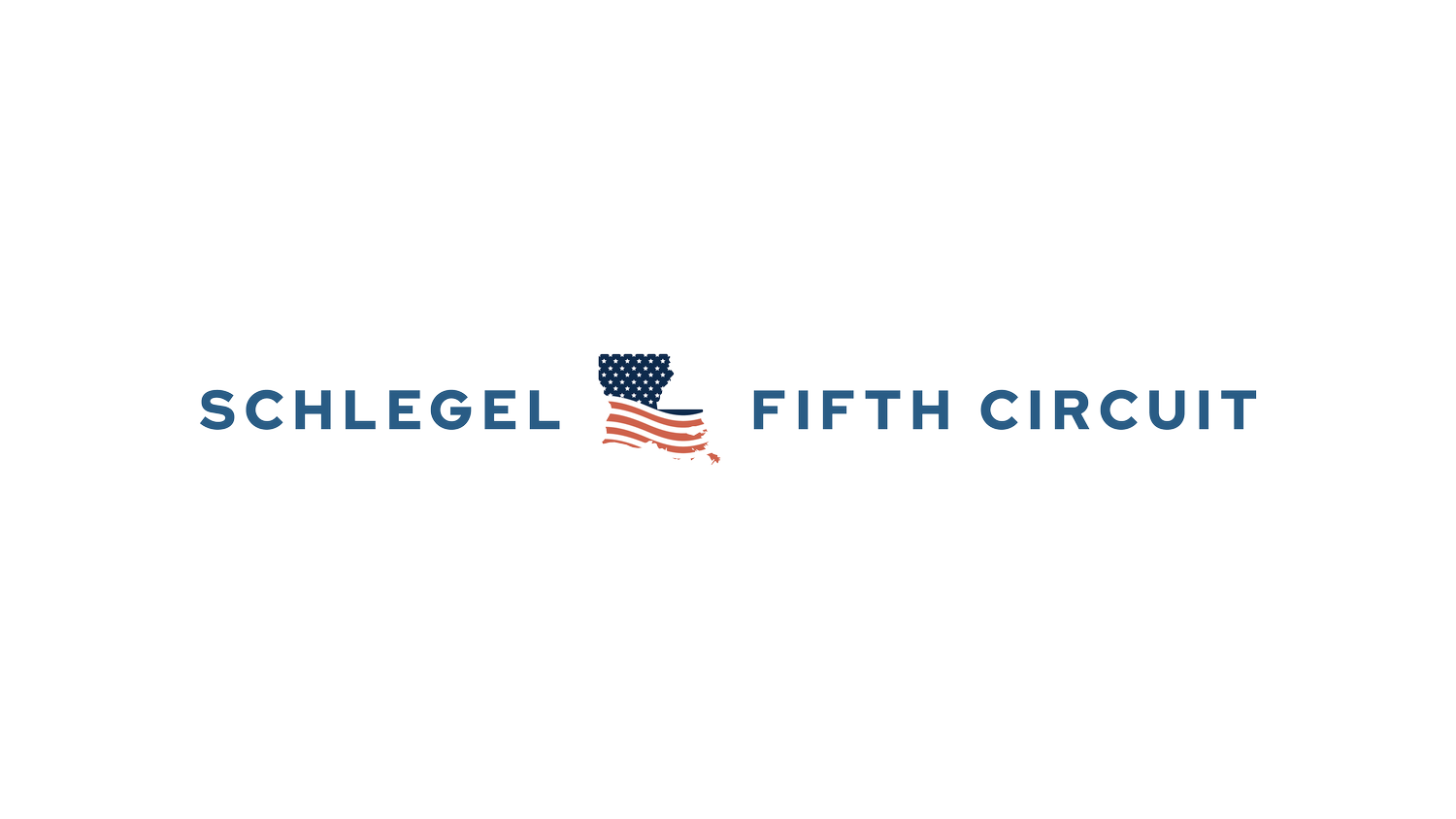ABA TECHSHOW 2024 RECAP
The advancements in legal technology that have unfolded over the past year are staggering to say the least. The innovations I witnessed at the ABA TECHSHOW in Chicago last week, particularly in artificial intelligence, are nothing short of revolutionary, challenging our conventional understanding of legal practices and promising to redefine our profession. But despite all of these advancements in AI, we must be cautious of the “promises” that are being made by any one cutting-edge solution. You must get back to the basics and not overlook the foundational steps of the practice of law.
So before diving into the sea of AI and other technologies, it's crucial to have a deep understanding of your current processes. This understanding will allow you to identify inefficiencies and areas for improvement, ensuring that any technology you decide to introduce genuinely solves a problem rather than complicating an existing practice.
Building on this foundation, I've always also emphasized the importance of partnerships. The effective integration of technology into legal practices requires collaboration among all stakeholders, not just technology providers. These partnerships are vital because they ensure that the technology you adopt is tailored to your unique needs and addresses the challenges faced by everyone involved in the legal ecosystem. A lack of consensus or satisfaction among partners can significantly hinder the adoption of new technology.
Once you’ve established a thorough understanding of your workflows and forged strong partnerships, the next step is selecting the right tech stack. This doesn't mean chasing the latest gadgets or trends. Instead, it's about choosing technologies that can enhance your capacity to deliver justice. It's only after optimizing this tech stack that you should consider incorporating AI into your processes.
A common pitfall in this journey is adopting technology for the sake of it, without a clear vision of how it serves your specific needs. It's imperative to choose tools that not only integrate seamlessly with one another but also significantly enhance your ability to deliver legal services. The indiscriminate adoption of the latest tech trends, without assessing their practical impact, can lead to inefficiencies and detract from your primary goals.
Regarding AI, its potential to transform the legal field is immense, from automating routine tasks to providing predictive analytics. However, its integration into your practices must be done thoughtfully, ensuring it complements rather than overshadows the human elements of your work. With a solid foundation, AI can be a formidable ally in advancing justice. Without it, AI risks becoming more of a burden than a benefit.
For legal professionals looking to integrate AI into their practice thoughtfully, I recommend starting with clear objectives. Understand what you aim to achieve with AI, whether it's reducing research time, automating routine tasks, or analyzing case outcomes. Pilot AI tools in controlled environments to gauge their impact, and always prioritize professionalism and ethics to ensure that the use of AI aligns with our professional standards.
As we navigate the rapid evolution of legal tech, it's crucial to remember that technology is a tool designed to assist, not a magic solution to all of our challenges. By focusing on our workflows, building the right partnerships, and carefully selecting a tech stack, you can lay the groundwork for meaningful and sustainable innovation in the legal field. This approach ensures that as we stride toward the future, we do so on a foundation that is as solid as it is forward-thinking.
This article was also the subject of the most recent of “Tech & Gavel” episode that was broadcasted live from Chicago during the ABA TECHSHOW.

